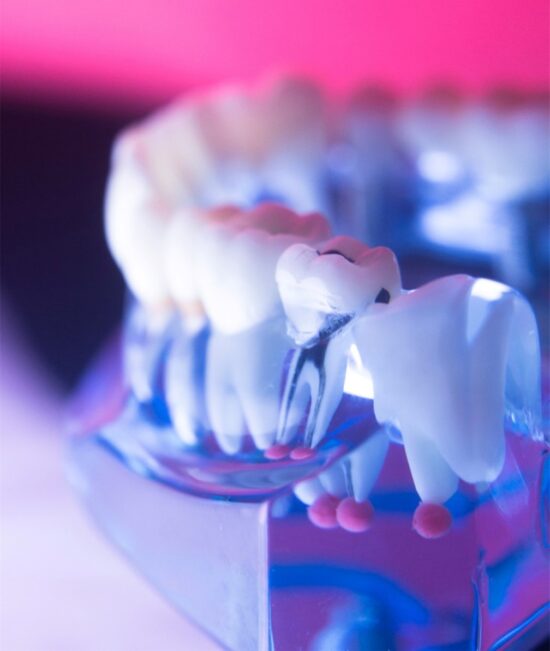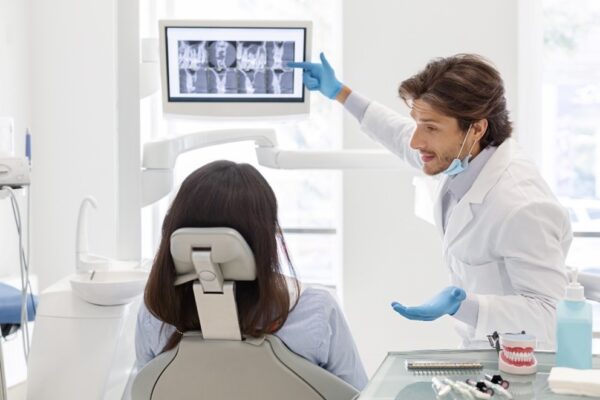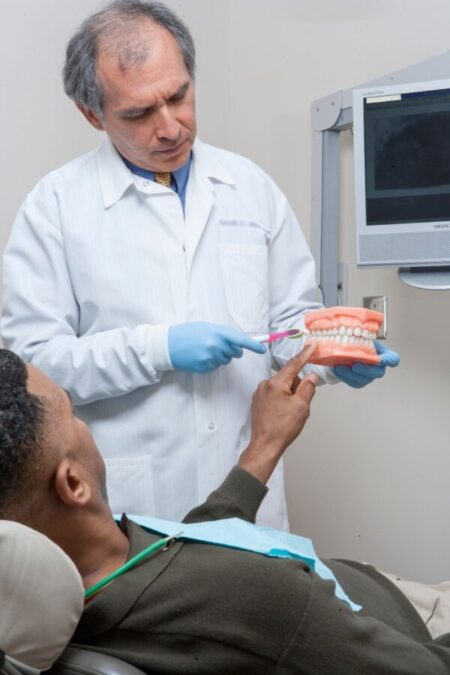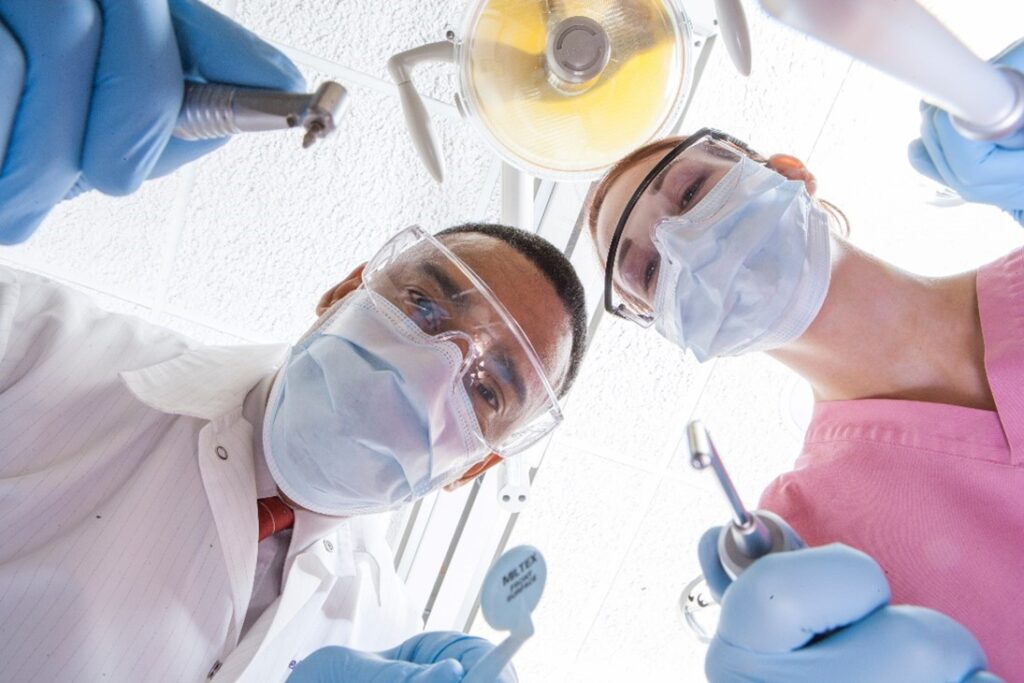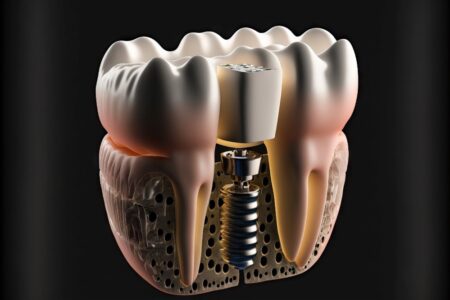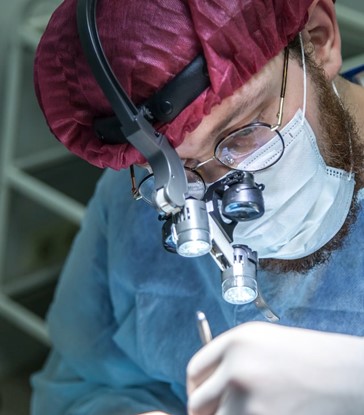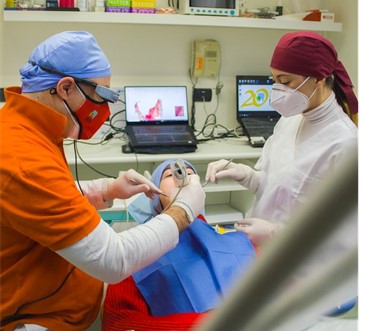The field of dentistry has been rapidly advancing. In recent years, the industry has harnessed the potential of artificial intelligence (AI), particularly in education and training. It has proven to be a game-changer for how dental students and professionals alike learn and practice their craft.
Dr. Pranathi Reddy explores how AI technologies are revolutionizing dental education through virtual simulations, interactive learning platforms, and diagnostic training. Find out how these cutting-edge innovations are reshaping the future of oral healthcare.
The Future is Now: AI Revolution in Dental Care
Not long ago, artificial intelligence only seemed like science fiction. It has now become a reality in healthcare, including oral care.
It has emerged as a powerful tool that has revolutionized various aspects of the industry. The integration of AI involves using algorithms and machine-learning techniques that identify patterns, make accurate predictions, and analyze huge volumes of data.
Here are some aspects of dentistry where AI can currently be used:
Diagnostics
Tools powered by AI are now being used to analyze images, intraoral scans, x-rays, radiographs, and patient data to detect and diagnose oral diseases, which has shown greater speed and accuracy compared to traditional methods.
As a result, conditions are detected early which enables dental practitioners to provide timely interventions. In addition, through machine learning, AI algorithms are able to detect trends and patterns in oral diseases, allowing dentists to recognize their progression in patients and implement preventive measures.
Personalized Treatment Plans
AI has the ability to create personalized treatment plans for patients by analyzing patient data such as medical history, diagnostic images, and treatment preferences. The analysis produced by AI helps dentists develop accurate treatment options tailored to the specific needs of each patient.
Enhanced Patient Care
The emergence of personalized support such as AI-powered chatbots and virtual dental assistants has transformed patient care in dentistry. These modern tools allow patients 24/7 access to appointment scheduling, information, and guidance.
This technology has also streamlined administrative tasks such as appointment reminders and follow-ups, allowing dentists to focus on quality care and patient interaction.
Smarter Learning: How AI is Revolutionizing Dental Education
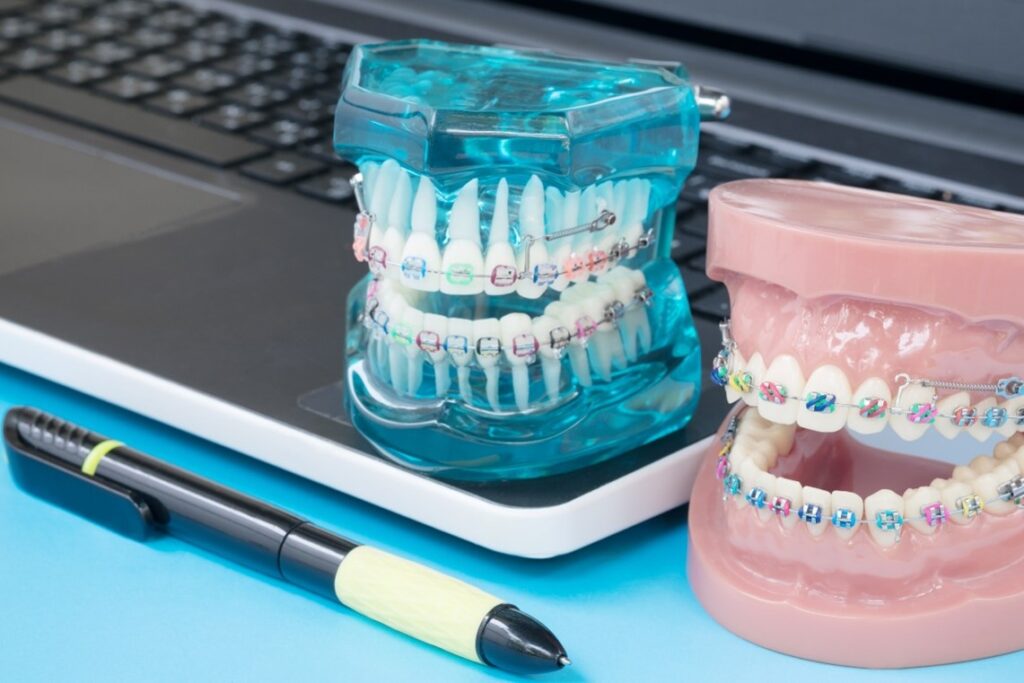
Virtual Simulations
Simulation-based education has been increasingly implemented in dental training. The use of AI-powered devices allows dental students and seasoned clinicians alike to practice skill building in a virtual reality environment.
One example is the Simodont Dental Trainer, a haptic device designed to simulate end-to-end workflows and make users feel that they are performing real procedures on a real patient.
Interactive Learning Platforms
Interactive learning platforms have become the foundation of modern dental education. AI analyzes and summarizes scientific literature, allowing dental students to access information, latest research, techniques, and best practices more quickly.
Unlike traditional learning, these modern learning platforms adapt to the student’s individual needs, offering personalized assessments and content. Students are able to interact with virtual patients and practice clinical scenarios without leaving their homes.
AI Diagnostic Training
As mentioned above, AI is pivotal in the aspect of diagnostics. Through AI algorithms, dental students can learn about disease detection and treatment planning via the analysis of diagnostic images and patient data. It also helps students develop well-informed treatment strategies.
The integration of AI technologies in dental education and training promotes advancements that not only enhance the skills of future dentists but also promise a more efficient future for the industry.

